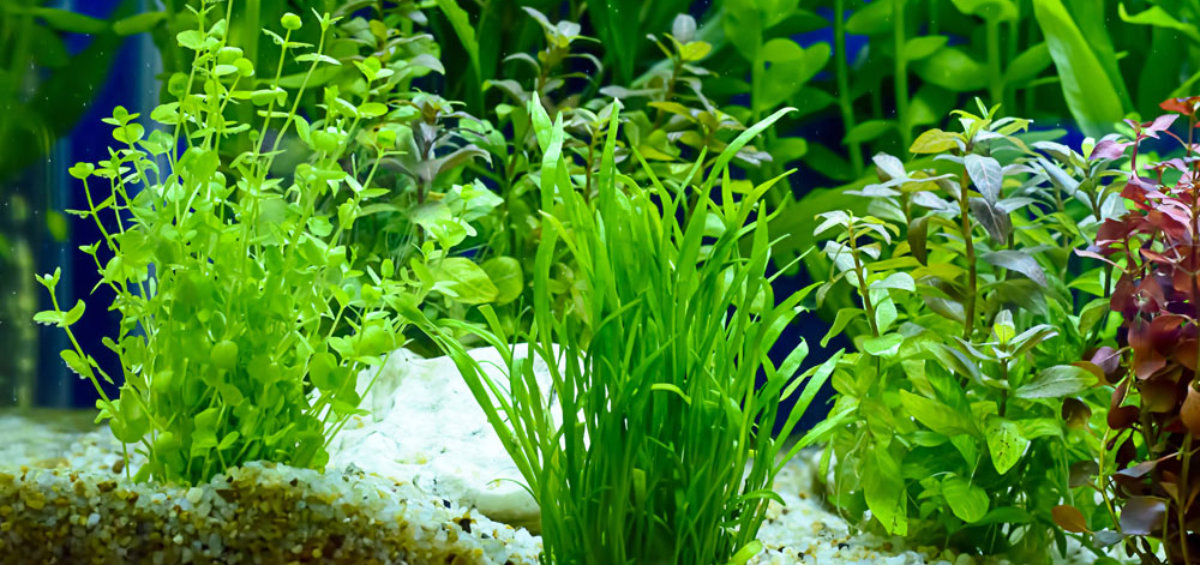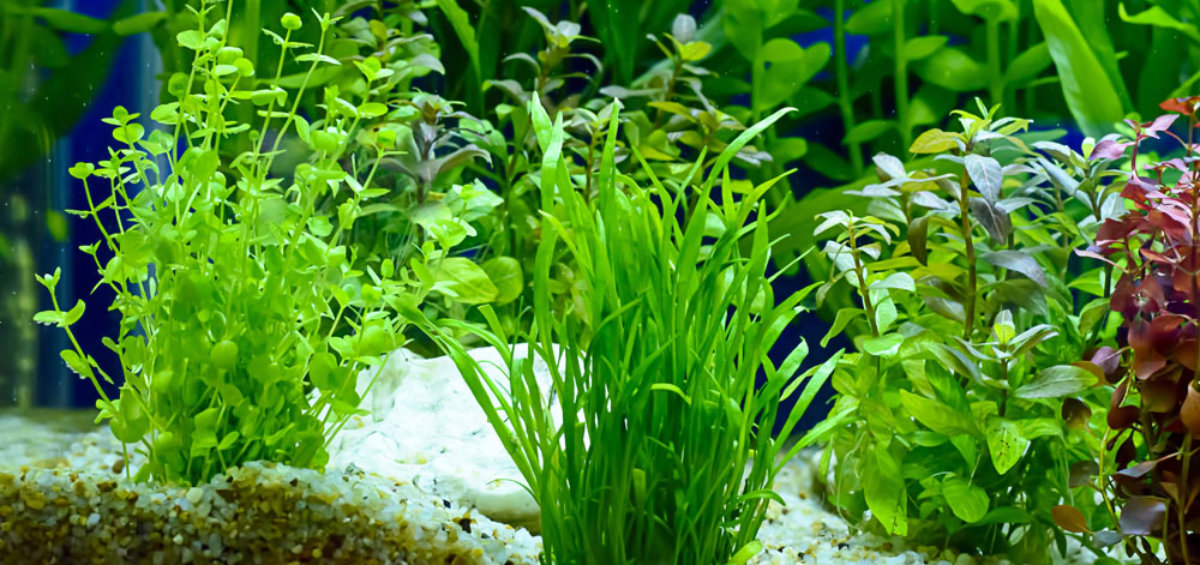The Benefits of Growing Plants in Water
Growing plants in water offers several advantages, making it an attractive option for both novice and experienced gardeners. Firstly, hydroponic gardening is often cleaner than soil gardening. Without the need for soil, there’s no mess, no risk of soil-borne diseases, and fewer pests to worry about. Additionally, water-grown plants can thrive in smaller spaces, making them ideal for apartments or homes with limited gardening space.
Hydroponic systems also allow for better control over the nutrients your plants receive. In soil, plants may struggle to access all the nutrients they need due to factors like pH imbalances or poor soil quality. With hydroponics, you can ensure that your plants are getting the right balance of nutrients by adding them directly to the water. This can lead to faster growth and healthier plants.
Another key benefit is the water efficiency of hydroponic gardening. While it may seem counterintuitive, growing plants in water actually uses less water than traditional soil-based gardening. This is because hydroponic systems recycle the water, plants that grow in water reducing waste. In areas where water conservation is essential, hydroponics can be a sustainable alternative.
Types of Plants That Thrive in Water
Not all plants are suitable for hydroponic gardening, but many common houseplants and herbs adapt well to this method. Here are some popular choices:
Pothos (Epipremnum aureum): Often called the "Devil's Ivy," pothos is one of the easiest plants to grow in water. Its trailing vines and heart-shaped leaves make it a popular choice for indoor gardens. Simply cut a stem with a few leaves and place it in water, ensuring that at least one node is submerged.
Spider Plant (Chlorophytum comosum): Spider plants are known for their air-purifying qualities and their ease of care. They grow well in water, especially if you start with one of the plant’s offshoots, or "spiderettes."
Philodendron: Like pothos, philodendrons are hardy plants that thrive in water. They come in various varieties, including heartleaf and split-leaf, each adding a touch of greenery to your space.
Lucky Bamboo (Dracaena sanderiana): Despite its name, lucky bamboo isn’t a true bamboo, but it’s incredibly easy to grow in water. It’s a favorite in feng shui practices, symbolizing good luck and prosperity.
Mint: Herbs like mint grow exceptionally well in water. Just place a cutting in a glass of water on a sunny windowsill, and it will quickly sprout roots, providing you with a fresh supply of mint for teas and cooking.
Basil: Basil is another herb that thrives in water. Start with a cutting, place it in water, and soon you’ll have a thriving plant ready for harvest.
Tips for Successful Hydroponic Gardening
Growing plants in water can be straightforward, but there are a few tips to ensure your success:
Change the Water Regularly: To keep your plants healthy, aquatic plants for aquarium change the water every two weeks or when it becomes cloudy. Stagnant water can lead to algae growth and deprive your plants of oxygen.
Use Glass Containers: Clear glass containers allow you to monitor root growth and water clarity. They also add an elegant touch to your indoor garden.
Add Liquid Fertilizer: While plants can survive in water alone, adding a few drops of liquid fertilizer can promote faster growth and healthier foliage.
Provide Adequate Light: Place your water-grown plants in a location where they receive indirect sunlight. Too much direct sunlight can lead to algae growth, while too little light may stunt the plant’s growth.






Comments